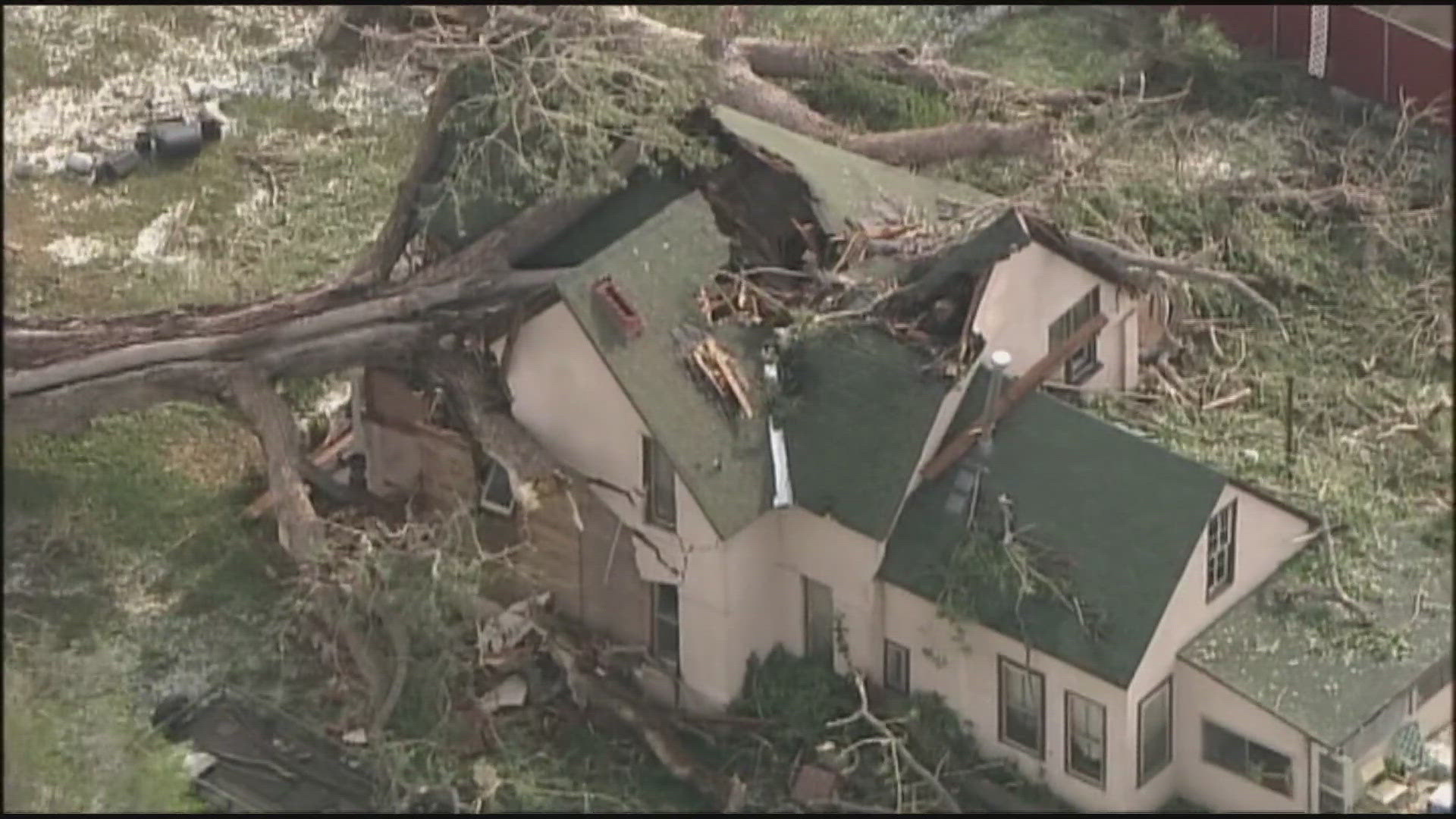DENVER, Colorado — It's been seven years since the epic hailstorm that is currently the costliest in Colorado's history.
The storm on May 8, 2017, produced baseball-size hail stones that pummeled the west side of the Denver area.
The hailstorm damaged hundreds of homes and businesses, closing Colorado Mills mall for months. The storm quickly became the most damaging storm in Denver history. It also ranks as the second-most expensive hail storm in U.S. history.
Wheat Ridge city officials said around half of homeowners in the city suffered roof damage from the storm.
Here's a look back at how that storm developed and how much warning there was in Colorado.

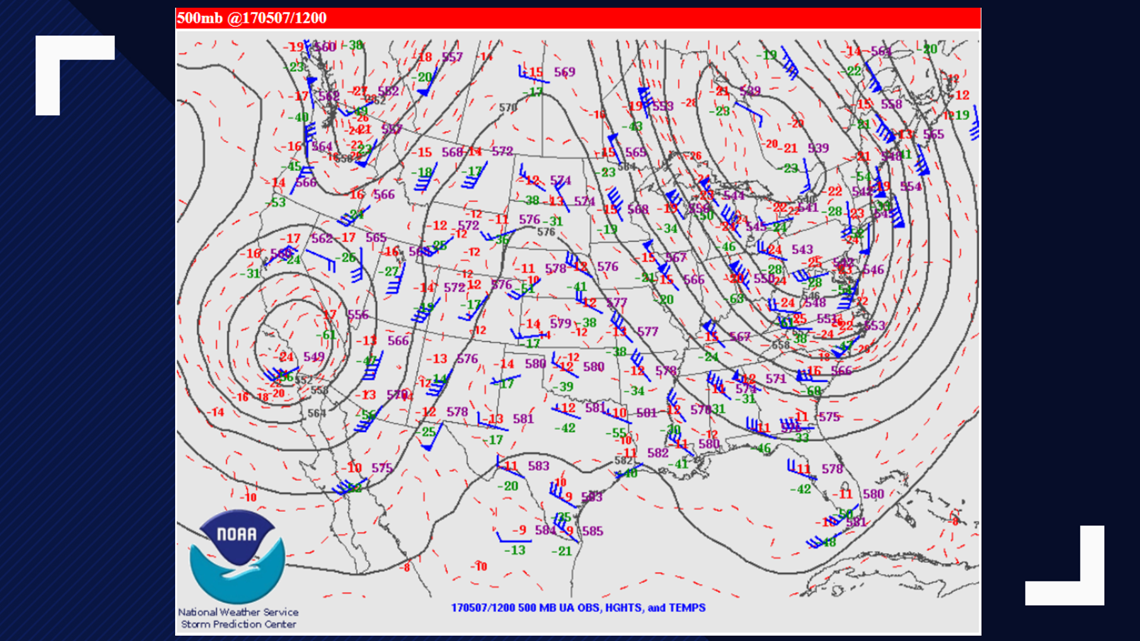
First Alert
A storm system moved down the United States' West Coast from the north and developed quickly in the desert southwest. Warm moist air pressing into Colorado from the southwest would supply the fuel for a major hail storm.
Large, damaging hail was forecast for the Denver metro about 36 hours in advance.
The first alert to incoming severe weather is called a Convective Outlook. On May 7, 9NEWS meteorologists broadcasted a marginal threat coming for the next day.
The outlook was elevated to slight by late in the day May 7. The yellow area indicates that level two threat on a scale of five. It is important to know in Colorado that most of our damaging severe weather happens when the threat level is Marginal (1) or Slight (2).

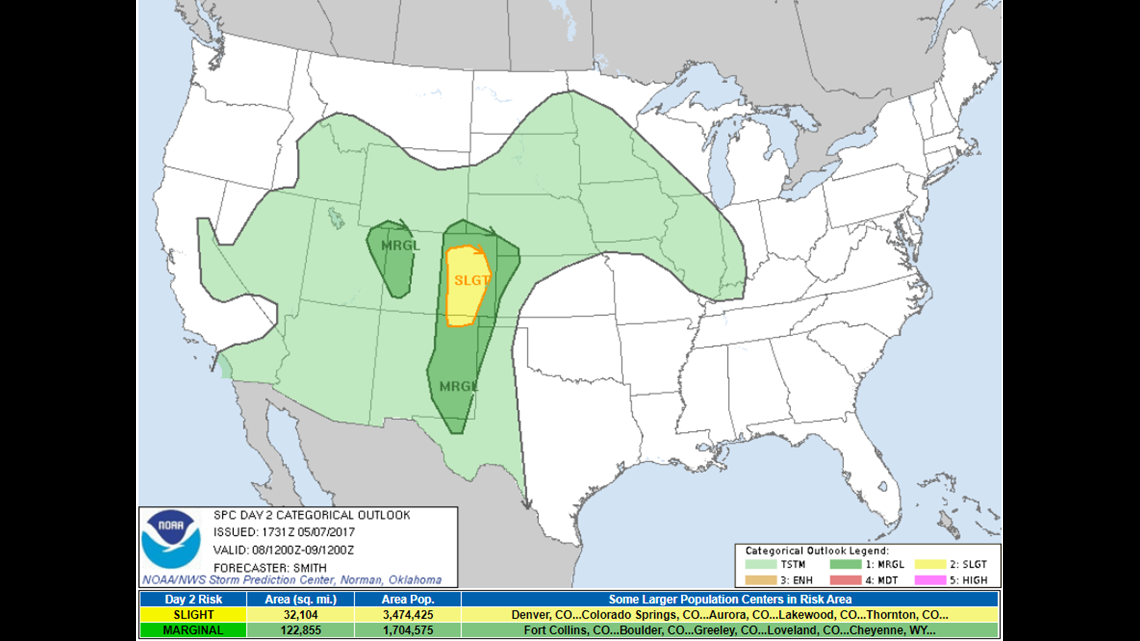
Watch issued
On May 8, at 12:45 p.m., a Severe Thunderstorm Watch was issued as confidence in damaging hail impacting the Denver metro grew. This was two hours before the baseball-sized hail event in the west metro.
If a convective outlook is not enough to convince you to take action, a Severe Thunderstorm Watch should do it. This is only issued when a high chance of severe weather is expected.
Not all of the area in the watch will get hit, but the majority of the time, it does hit somewhere in the watch box, and it certainly did on May 8, 2017.

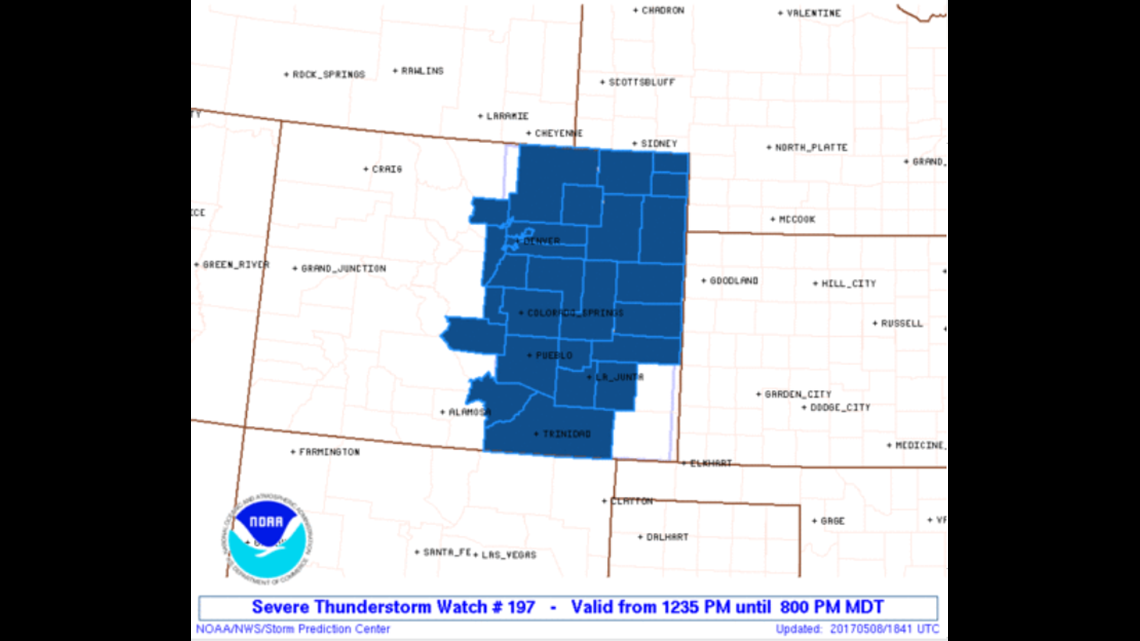
The Warnings
Thunderstorms started to grow as the watch was issued.
At 2:25 p.m. on May 8, 2017, a Severe Thunderstorm Warning was issued for a thunderstorm over Evergreen. This was the cell that would move into the metro and unleash the massive hailstones 20 minutes later.

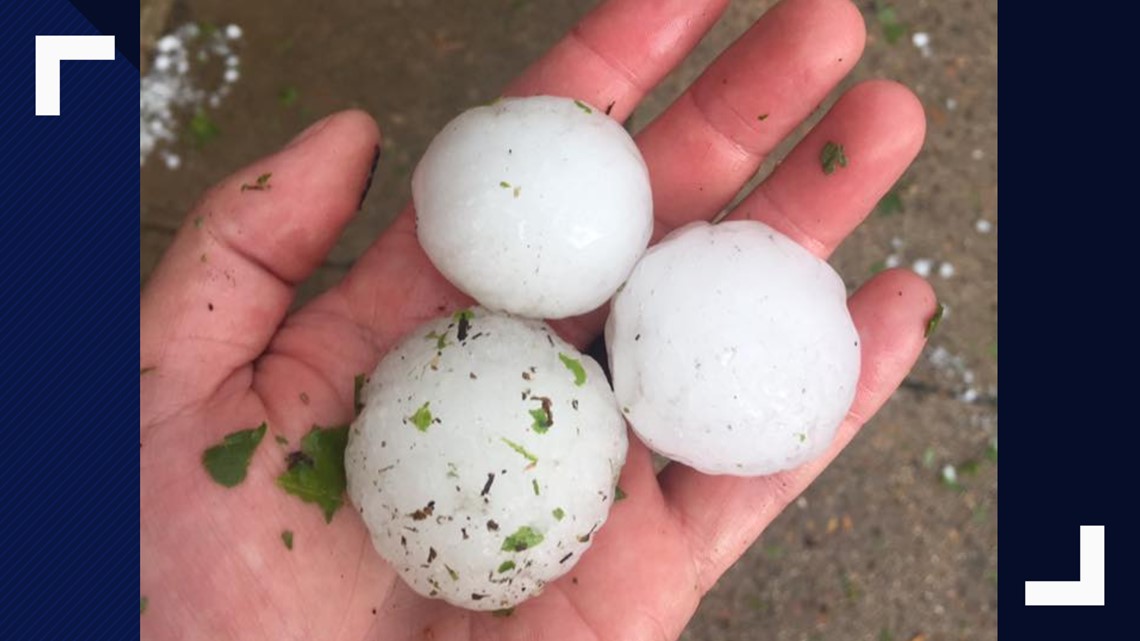

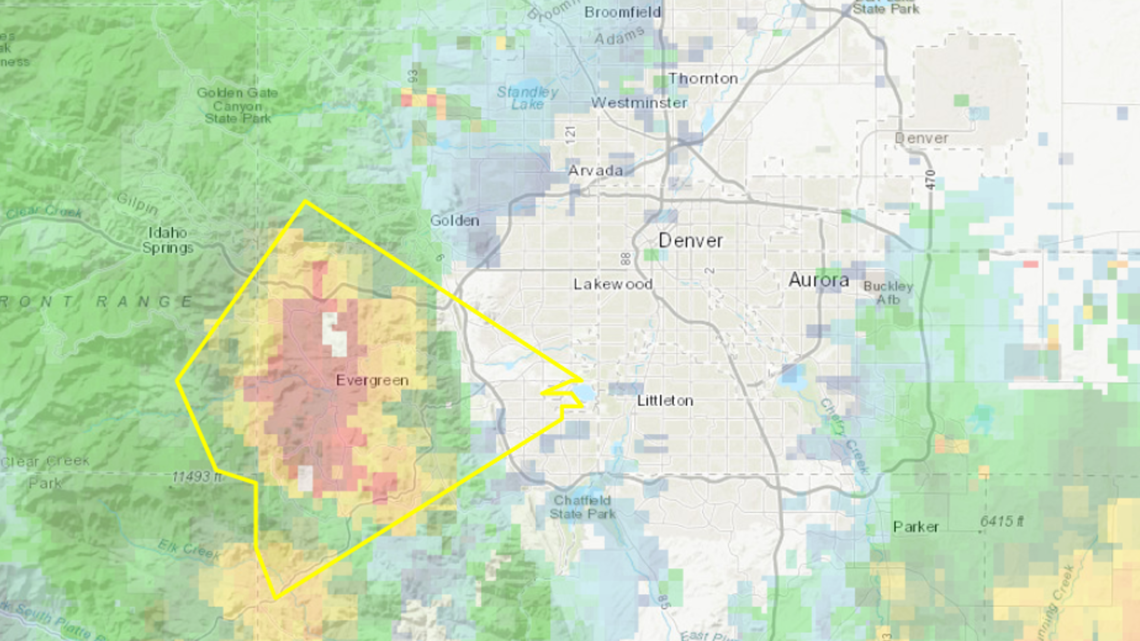
After weakening slightly as it came off the foothills, it re-fired and a new Severe Thunderstorm Warning was issued at 2:45 p.m. For the next hour, that thunderstorm cell produced damaging hail from Lakewood all the way to Thornton.
Due to the complex terrain and wind shear around the Denver metro area, thunderstorms can develop rapidly.
The average lead time for a severe thunderstorm from time of warning to time of impact is 17 minutes nationwide. But in Colorado, that lead time is only 13 and a half minutes.

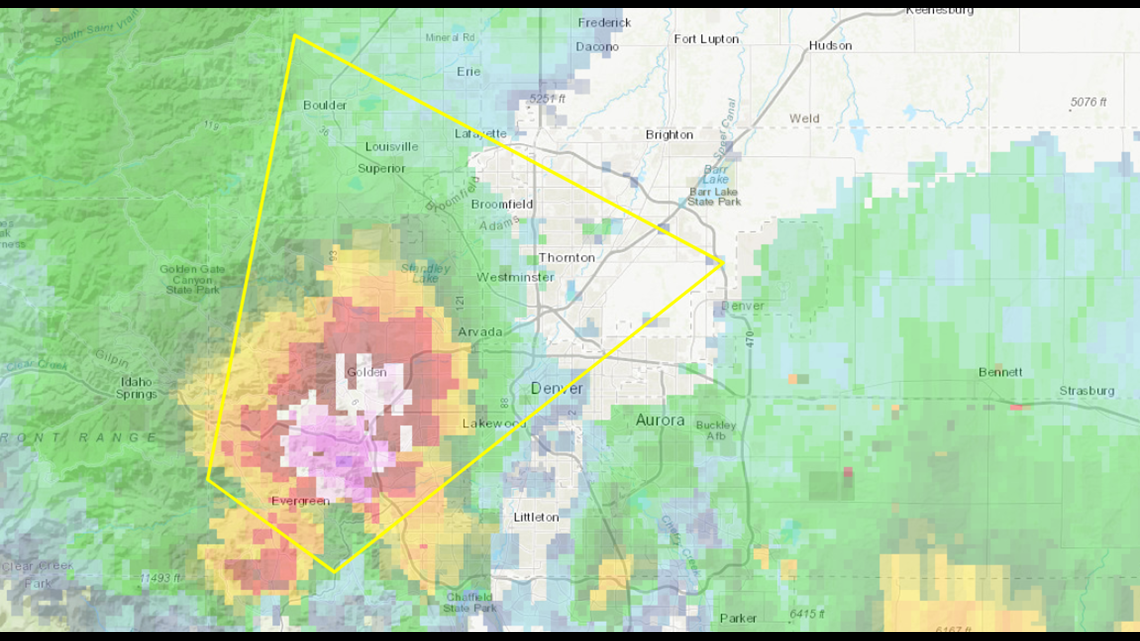
The Tornado Warning
At the same time, about 2:45 p.m. on May 8, 2017, another storm cell would produce a funnel cloud in Elbert County near Agate, bringing a tornado warning.

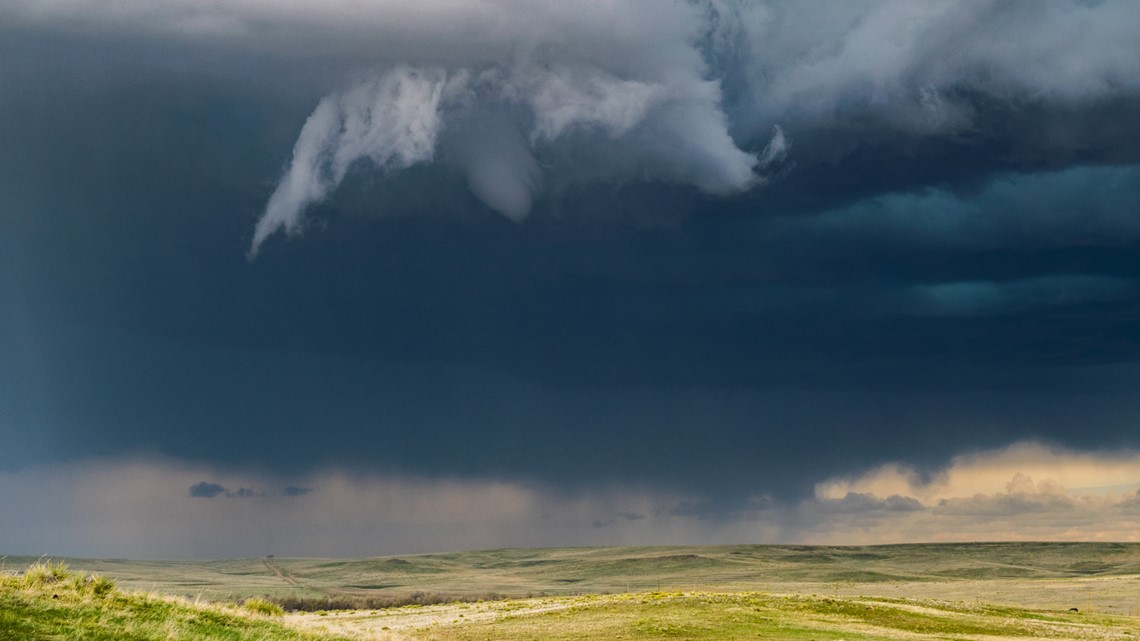
Financial impact of May 8, 2017
The strength of that storm system was evident across northeast Colorado that day, but it was the hail damage in the Denver metro, that reached a record $2.3 billion in damage, that leaves the most memories seven years later.
Denny Cunningham's home in Denver's Berkeley neighborhood had extensive damage. All the front facing windows of his home shattered from the golf-ball sized hail that broke the glass and damaged his roof.
"It just looks like somebody had a ball-peen hammer and was smashing away at it putting dents. Mostly you can just see where the grits been ripped off the shingles," he explained to 9NEWS.
In 2017, the Rocky Mountain Insurance Information Association (RMIIA) estimated that losses would exceed $1.4 billion. On May 7, 2018, RMIIA updated the estimate to be $2.3 billion. The higher estimate was based on approximately 167,000 auto insurance claims and 100,600 homeowners insurance claims.
Colorado Mills mall in Lakewood was forced to close for months due to extensive damage from the large hail. The storm pelted the roof for 15 minutes, causing parts of the roof to break and flood the mall. As much as three inches of water filled most of the mall, forcing security to close the mall and forcing stores to get new inventory. The mall reopened in November 2017 before the holiday shopping season.
The May 8, 2017, hailstorm was so intense it was even captured from by a NASA's GOES-R satellite.
MORE WAYS TO GET 9NEWS
Subscribe to our daily 9NEWSLETTER
Download the 9NEWS APP
iTunes: http://on9news.tv/itunes
Google Play: http://on9news.tv/1lWnC5n
HOW TO ADD THE 9NEWS APP TO YOUR STREAMING DEVICE
ROKU: add the channel from the ROKU store or by searching for KUSA.
For both Apple TV and Fire TV, search for "9news" to find the free app to add to your account. Another option for Fire TV is to have the app delivered directly to your Fire TV through Amazon.

